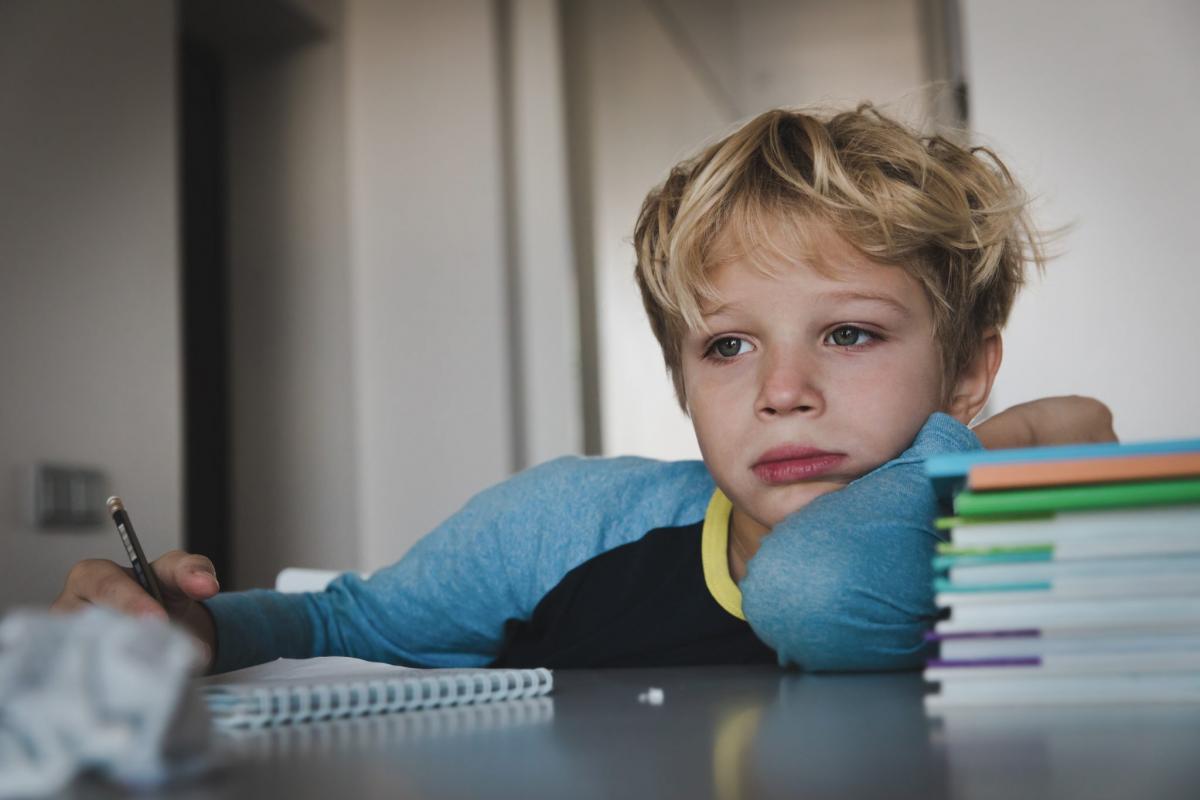There is so much research that causes me to worry about the impact of technology on our children’s brains. In keeping with last week’s newsletter on sleep, this week I want to provide you with information to help you understand the link between sleep deprivation and the use of technology. Some nights, even after a busy-full-of-life-kind-of-day, do you find yourself wide awake staring at the ceiling, frustrated at why you cannot seem to connect your busy brain with your exhausted body? It’s the worst! I have come to understand that often the reason is that I went directly from my laptop to my pillow without allowing the opportunity for my brain to begin to quiet down, a necessity for quality sleep. I imagine this frustration, while tough for adults is even harder for children.
We know that engaging in technology before bed impacts our brains in different ways. First, whenever we use technology, we are either taking in or creating content and therefore, chemicals in our brain will stimulate its ‘wake centers’, making it harder to fall asleep. Furthermore, engaging in ”social media will signal the adrenal glands to secrete adrenaline and the stress hormone, cortisol,” says Beatrice Tauber Prior, PsyD, a clinical psychologist. We experience a “rush” when we are engaged in the experience of texting or Facebook. At school, we listen to our tweens and teens (especially our girls) who are so hungry for their peers to acknowledge them and respond to them on social media. I call it the curse of Instagram! I agree with Tauber who says, “The last thing you want your child to experience is a surge in adrenaline and cortisol when they are trying to fall asleep.”
A less obvious sleep interrupter is the bright light that our children’s devices emit. Exposure to these light emissions before bedtime can increase alertness. Consequently, the light from a device at night can also disrupt our child’s naturally occurring circadian (or daily) rhythms by suppressing the release of the hormone melatonin, which is critical for maintaining and regulating the sleep-wake cycles. I truly thought allowing my child screen time before bed would help him calm down and be ready for sleep. In fact, the impact was just the opposite!
With the technological demands of COVID, many children have computers, televisions, gaming systems, and their phones in their rooms at night. Children with impulsivity challenges are REALLY tempted by the draw of technology. And it is cool for 13-year-old to play video games late into the night (despite their teachers telling them it isn’t good for them). Choosing sleep over technology for an early adolescent is tough. I strongly recommend you help your children by removing the temptation.
In our house, we have a “tech bunk bed” ( a charging station) in our kitchen. All of our technology ranging from Chromebooks to the DS (especially when our girls were younger) needed to be “put to bed” before our kids took their nightly shower. It allowed a quick and easy visual for my husband and me to ensure our kids were able to sleep and to be safe. If your child has a system or a desktop computer and you can’t take it all out of the room, just take the most essential parts (i.e, power cord, remote control, keyboards, etc.) and put them in your bedroom.
As my girls aged, the tech bunk bed became less appealing. But the need to regulate what they were doing became more imperative! They wanted their phones next to them. In my experience as “the meanest mom in the world” and as Head of School, no positive communication from kid to kid happens in the wee hours of the morning. Working to help our children learn to establish a healthy relationship with sleep and establish boundaries with technology will serve them well.
Wishing you a peaceful night’s sleep!
Meg Bamford is Head of the Radcliffe Creek School in Chestertown.



Write a Letter to the Editor on this Article
We encourage readers to offer their point of view on this article by submitting the following form. Editing is sometimes necessary and is done at the discretion of the editorial staff.